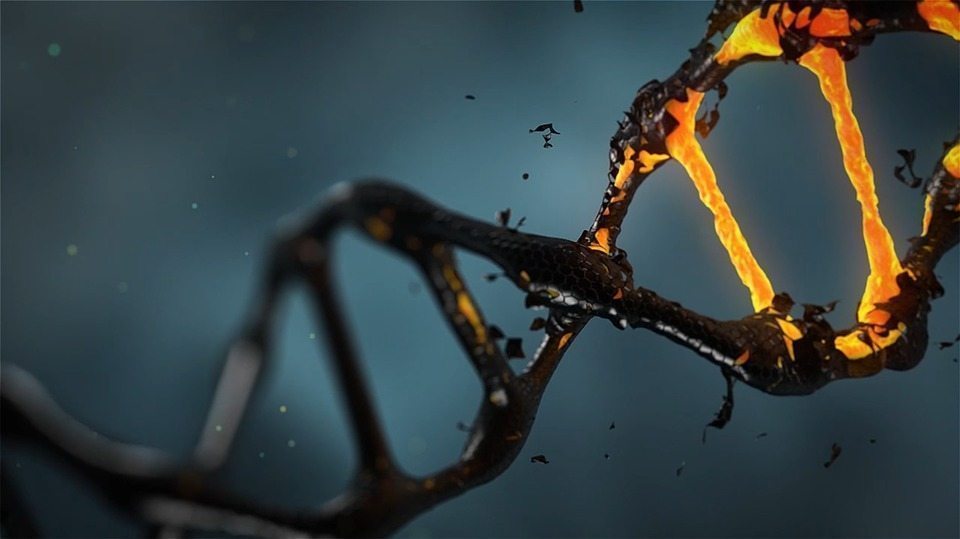Using gene editing, biologists at Harvard took one of the first motion pictures ever recorded in history and encoded it into bacterial DNA.
In their quest to find efficient data storage systems, scientists are exploring many paths that could lead to alternatives to current hard drives that degrade over time, as well as the power-hungry data centers that store the bulk of our collective digital information.
Harvard encodes first motion picture ever made into DNA.Click To TweetDiamonds, which can store data forever, are one option. But DNA could be a more convenient and cheap alternative.
DNA as a Powerful Biological Hard drive
Using DNA to store electronic data is an idea that scientists have long been pursuing, and a lot of research is being carried out in that regard.
DNA is a natural molecule specifically designed to do just that: store information.
Living cells use DNA to store, transport and transmit information. In this context, information is genetic heritage. This information is stored by pairs of nucleobases: adenine (A), cytosine (C), guanine (G) and thymine (T).
In a similar way that DNA’s four-letter alphabet enables the encoding of biological information, it can also store digital data.
Not only can DNA store information, it allows the storing of large amounts of data, and more efficiently than current data storage systems.
Harvard geneticists were the first to demonstrate DNA capabilities as a data storage system. Then, earlier this year, a team from Columbia University managed to store files totaling 2.14 × 106 bytes in DNA strands.
DNA Movies and Recorders
Storing information on DNA is becoming a viable solution little by little as scientists are working to overcome the technical obstacles.
This is evidenced by a new announcement by Harvard researchers who managed to encode moving images into the genome of living bacteria.
Biologists at Harvard Medical School (HMS) have managed to store data into the DNA of living E. Coli bacteria.

Using the CRISPR gene editing technique, scientists have taken advantage of the natural defenses of the bacteria to insert a small film of a galloping horse (Eadweard Muybridge’s 1878 video clip “The Horse in Motion”).
HMS researchers, who published a paper in the journal Nature, note that the technique could be used to enable living cells to become molecular video recorders.
Gene-edited bacteria could offer small, versatile and non-intrusive biological recording system that capture biological events invisible to us in real-time.
For example, scientists can monitor one brain neuron at a time with electrodes. But to monitor tens of billions of neurons the brain contains, they can use DNA of gene-edited bacteria to keep track of all neurons.



















Comments (0)
Most Recent